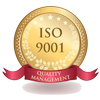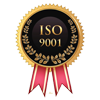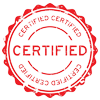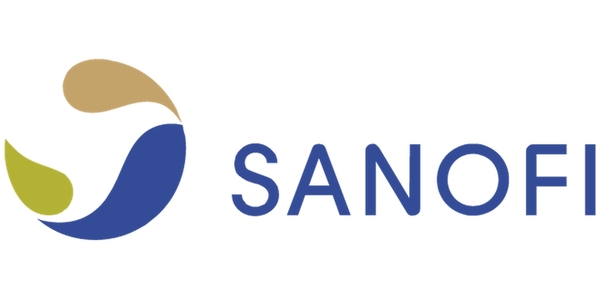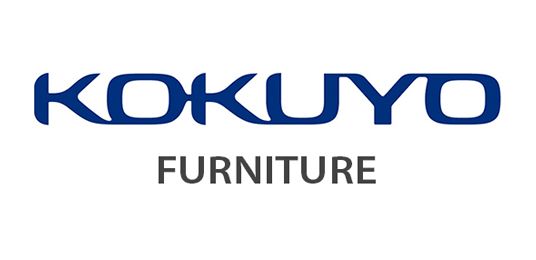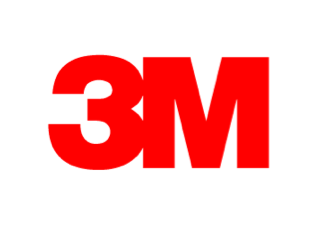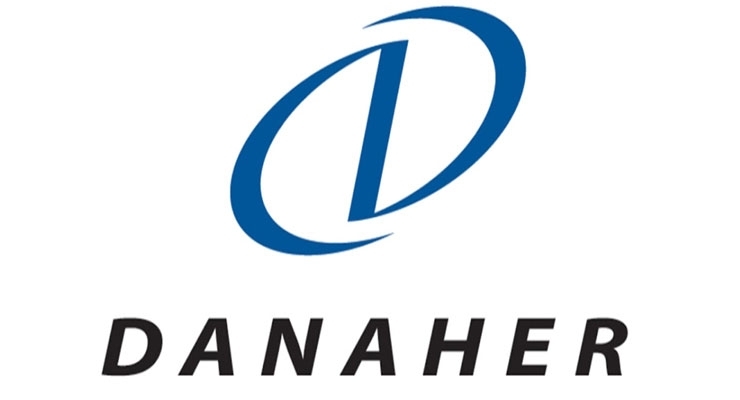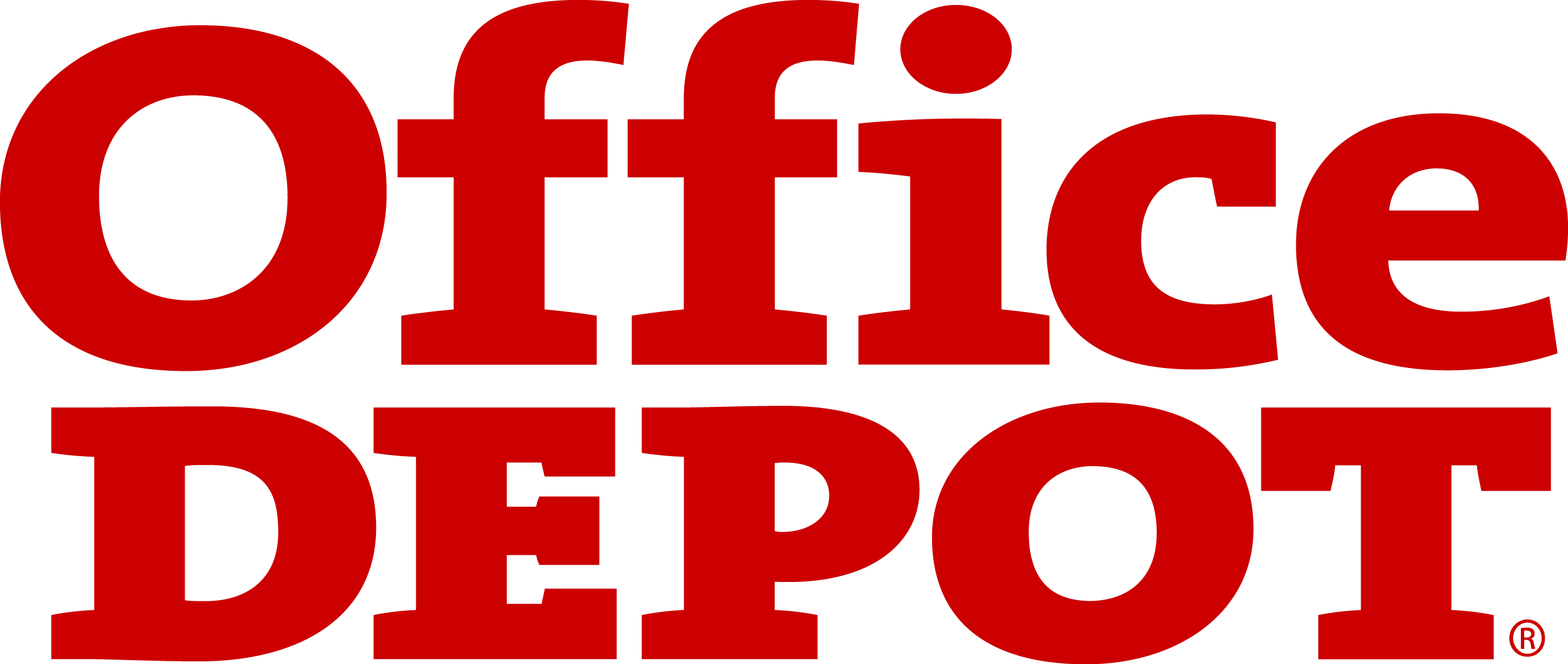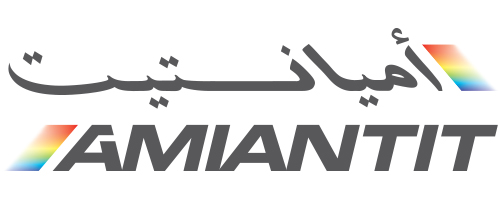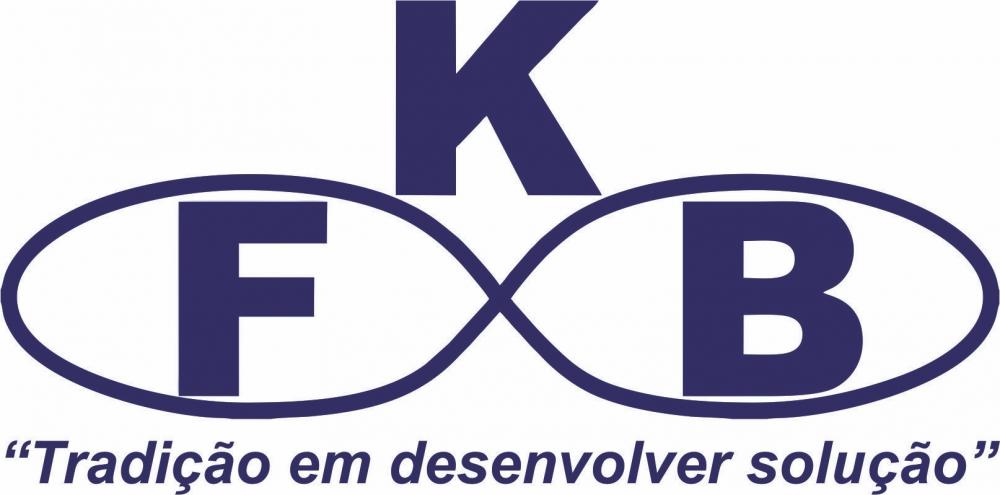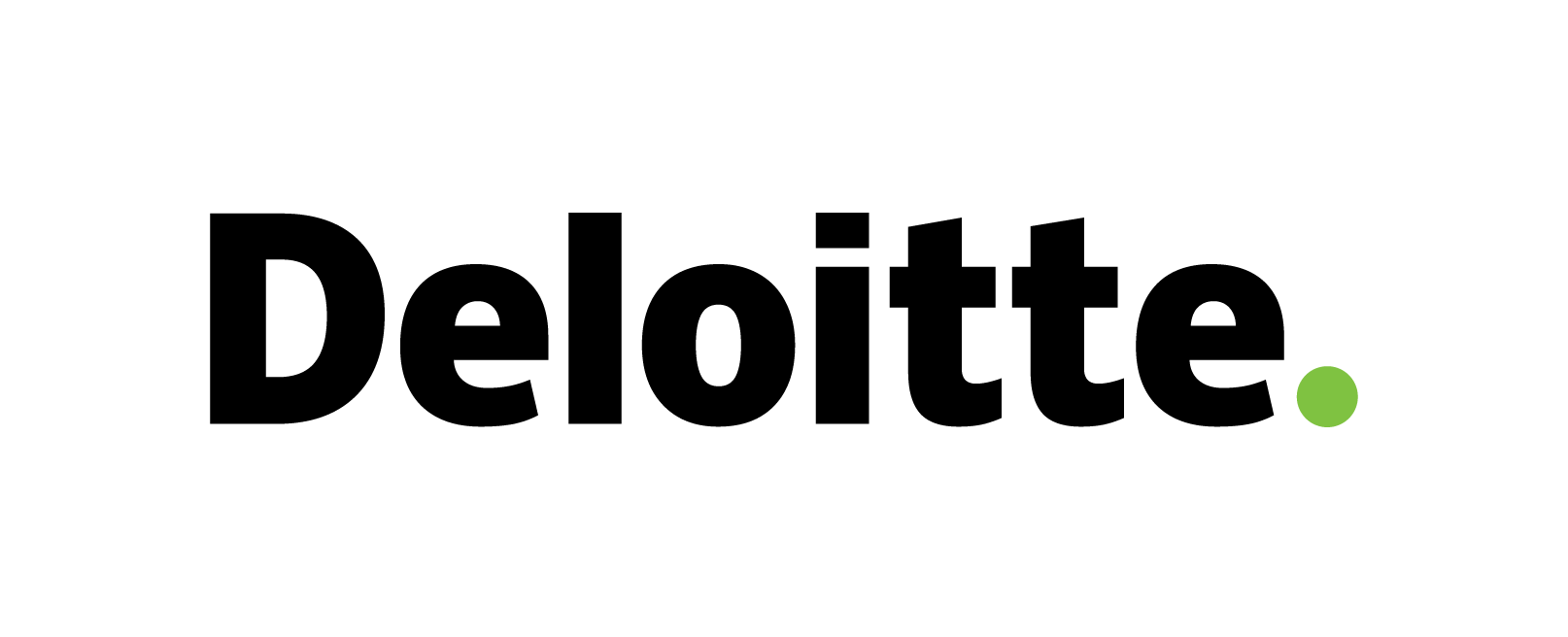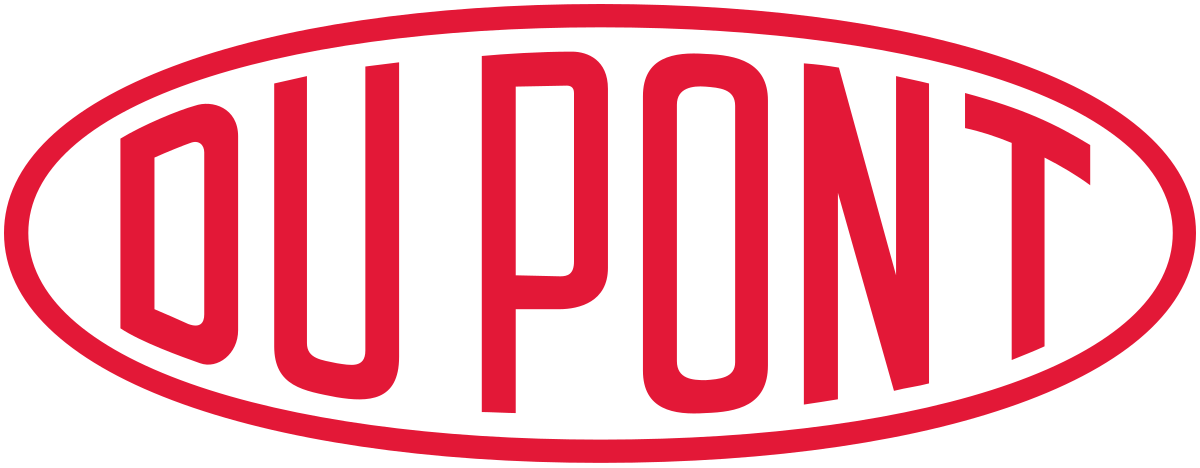Dry Shampoo Market
Dry Shampoo Market Trend, Opportunity, and Forecast Analysis, 2024-2032
Dry Shampoo Market is segmented by Type, Function, Distribution Channel, and by Region. KDMI analyst foresees market revenue to cross USD 5.77 Billion by 2032 by growing with a CAGR of 6.9% during 2024-2032.
Dry Shampoo Market Highlights
The global dry shampoo market is expected to cross a value of USD 5.77 billion by the end of 2032. The market was valued at USD 3.32 billion in 2023 and is expected to expand at a CAGR of 6.9% between 2024-2032.
- Over the mid-term, the growing awareness for hair health is the primary factor anticipated to drive the global dry shampoo market.
- The high price of the product is a major factor to challenge the market growth.
- The North America dry shampoo market is projected to dominate the global market.
Dry Shampoo Market: Report Scope |
|
|
Base Year |
2023 |
|
Base Year Market Size |
USD 3.32 Billion |
|
Forecast Year |
2024-2032 |
|
Forecast Year Market Size |
USD 5.77 Billion |
|
CAGR Value |
6.9% |
|
Dry Shampoo Market Key Trends/Major Growth Drivers |
|
|
Restraint Factors |
|
|
Dry Shampoo Market Segmentation |
|
|
Dry Shampoo Market Key Players |
Kao Corporation, Unilever Plc, L’Oréal Group, The Estee Lauder Companies Inc., Procter & Gamble Company, Shiseido Company Limited, Pierre Fabre Group, LVMH Group, Church & Dwight Co Inc., Henkel Limited, and others. |
Dry Shampoo Market Outlook
The hair care product that cleanses the hair and scalp without the need for water is known as dry shampoo. The shampoo is usually available in spray or powder form and is designed specifically to absorb excess oil, dirt and odor from the hair.
According to our experts at KD Market Insights, one of the primary factors anticipated to drive the growth of the global dry shampoo market is the growing awareness for hair health globally. Our researchers have found that about 25% of men and around 12% of women lose their hair by the age of 30. One of the major reasons for hair loss, as stated by trichologists, is frequent shampooing as the process strips off natural oils and dries out the scalp and hair, causing potential damages to the hair and the scalp. Dry shampoo, which has its unique proposition of extracting oil from the scalp without water, allows consumers to maintain hair cleanliness and freshness without the need for water. Kao Corporation, Unilever Plc, Loreal Group are some of the significant parties in the global market for dry shampoo.
 Get More Insights on This Report - Request Free Sample PDF
Get More Insights on This Report - Request Free Sample PDF
Dry Shampoo Market Drivers – Analyst’s Observation
According to the analysts at KD Market Insights, some key growth drivers for the global dry shampoo market are:
- Growing Preferences for Premium Hair Care Products: Consumers around the globe are more or less going through busy lifestyles, driven majorly as a result of growing urbanization. The increasing pace of daily life of individuals has led to situations wherein these individuals are not able to focus much on own-self. Hence, individuals are increasingly preferring for products that not only provides effective results, but are also convenient, consuming less of their time which they plan to spend on their own personal care. Moreover, with the growing disposable income of individuals globally, consumers are preferring for premium hair care products that offer characteristics of effectiveness and quality. Dry shampoo, which offers a quick and easy solution for refreshing hair, hence, makes it to the list of consumers who are opting for time-saving grooming options.
- Expanding Awareness for the Product: The manufacturers of dry shampoo are increasingly working upon creating awareness programs for customers by means of influencer collaborations, social media campaigns, and product endorsements. These manufacturers are also placing their products across various distribution channels, including supermarkets, pharmacies, specialty beauty stores, and e-commerce platforms for enhanced consumer reach. These efforts of the manufacturers of dry shampoo to raise consumer awareness is also expected to create numerous opportunities for market growth in the coming years.
Which Probable Factors Could Hamper the Growing Dry Shampoo Market Trend?
As per our KD Market Insights analysis, some of the challenges expected to limit the global market growth of dry shampoo are:
- Concern for Hair Damage and Breakage: The growing concern for overuse or improper application of dry shampoo can lead to hair damage and breakage, and in turn, may hamper the demand for the product in the coming years.
- High Price of the Product: The cost of dry shampoo is usually very high as compared to other mass-market brands available in the market. Consumers, on the other hand, are also not sure about the effectiveness of these products, which promises deep cleaning of the hair. Owing to such a factor, the demand for dry shampoo is projected to be limited.
How is the Global Dry Shampoo Market Segmented?
Our experts at KD Market Insights have segmented the global dry shampoo market as:
|
By Type |
|
|
By Function |
|
|
By Distribution Channel |
|
|
By Region |
|
What are the Probable Factors Influencing the North America Dry Shampoo Market Forecast?
The North America dry shampoo market is majorly driven by the changing lifestyles and consumer preferences among the consumers in the region, along with a heightened awareness for personal grooming and hygiene. Busy schedules, frequent travel, and a desire for time-saving products contribute to the popularity of dry shampoo as a quick and easy way to refresh hair between washes. On the other hand, the growing interest of the consumers in the region for sustainable and eco-friendly products that require less water is also expected to boost the demand for dry shampoo in the region.
As per our analysts at KD Market Insights, the following five players lead the North America dry shampoo market growth:
- Batiste
- Living Proof
- OGX
- Not Your Mother’s
- Bumble and Bumble
|
Key Countries to Watch for in North America Dry Shampoo Market |
Key Insights |
|
United States Dry Shampoo Market to Register the Largest Regional Market Share |
USD 1.61 Billion |
|
Canada Dry Shampoo Market to Grow with the Highest CAGR During 2024-2032 |
7.5% |
Which Key Players Top the Global Dry Shampoo Market Share?
As per our analysts at KD Market Insights, the competitive landscape of global dry shampoo market facilitates our readers in identifying their closest competitors. The manufacturers who are associated with dry shampoo market are raising their focus on expanding their presence, as well as their market share. The market has also been witnessing an upward movement in the number of collaborations between research institutions and key players, aimed at introducing advanced technologies and innovation of new products. Here is a list of the key players who top the global dry shampoo market share:
- Kao Corporation
- Unilever Plc
- Loreal Group
- The Estee Lauder Companies Inc.,
- Procter & Gamble Company
- Shiseido Company Limited
- Pierre Fabre Group
- LVMH Group
- Church & Dwight Co Inc.,
- Henkel Limited
What are the Recent Developments Observed in the Dry Shampoo Market?
Over the years, the experts at KD Market Insights have been observing the recent developments associated with global dry shampoo market trends. Our expert’s market forecast analysis has recorded the market players adopting plentiful of key strategies including new product launches, mergers & acquisitions, and collaborations.
For instance, Part of Rodan+Fields’ stated that they have launched a hair care collection, which also included dry shampoo having citrus scent.
Further, Kao Corporation shared that it has launched a pair of dry shampoos under Merit, a hair care brand, in Japan.
Research Methodology
Market Definition and List of Abbreviations
1. Executive Summary
2. Growth Drivers & Issues in Global Dry Shampoo Market
3. Global Dry Shampoo Market Trends
4. Opportunities in Global Dry Shampoo Market
5. Recent Industry Activities, 2021
6. Porter's Five Forces Analysis
7. Market Value Chain and Supply Chain Analysis
8. Global Dry Shampoo Market Size (USD Million), Forecast & Y-o-Y Growth Analysis, 2021-2027
9. Global Dry Shampoo Market Segmentation Analysis, By Form Type
9.1. Introduction
9.2. Market Attractiveness, By Form Type
9.3. BPS Analysis, By Form Type
9.4. Spray Form
9.5. Powder Form
10. Global Dry Shampoo Market Segmentation Analysis, By Function
10.1. Introduction
10.2. Market Attractiveness, By Function
10.3. BPS Analysis, By Function
10.4. Anti-Dandruff
10.5. Color Protection
10.6. Hair Loss Prevention
10.7. Others
11. Global Dry Shampoo Market Segmentation Analysis, By Demography
11.1. Introduction
11.2. Market Attractiveness, By Demography
11.3. BPS Analysis, By Demography
11.4. Men
11.5. Women
11.6. Kids
12. Global Dry Shampoo Market Segmentation Analysis, By Distribution Channels
12.1. Introduction
12.2. Market Attractiveness, By Distribution Channels
12.3. BPS Analysis, By Distribution Channels
12.4. Modern Trade
12.5. Convenience Store
12.6. Specialty Store
12.7. Drug Store
12.8. Online Store
12.9. Others
13. Geographical Analysis
13.1. Introduction
13.2. North America Dry Shampoo Market Size (USD Million), Forecast & Y-o-Y Growth Analysis, 2021-2027
13.2.1. By Form Type
13.2.2. By Function
13.2.3. By Demography
13.2.4. By Distribution Channels
13.2.5. By Country
13.2.5.1. Market Attractiveness, By End-user
13.2.5.2. BPS Analysis, By End-User
13.2.5.3. U.S. Market Size (USD Million), Forecast & Y-o-Y Growth Analysis, 2021-2027
13.2.5.4. Canada Market Size (USD Million), Forecast & Y-o-Y Growth Analysis, 2021-2027
13.3. Europe Dry Shampoo Market Size (USD Million), Forecast & Y-o-Y Growth Analysis, 2021-2027
13.3.1. By Form Type
13.3.2. By Function
13.3.3. By Demography
13.3.4. By Distribution Channels
13.3.5. By Country
13.3.5.1. Market Attractiveness, By Country
13.3.5.2. BPS Analysis, By Country
13.3.5.3. Germany Market Size (USD Million), Forecast & Y-o-Y Growth Analysis, 2021-2027
13.3.5.4. United Kingdom Market Size (USD Million), Forecast & Y-o-Y Growth Analysis, 2021-2027
13.3.5.5. France Market Size (USD Million), Forecast & Y-o-Y Growth Analysis, 2021-2027
13.3.5.6. Italy Market Size (USD Million), Forecast & Y-o-Y Growth Analysis, 2021-2027
13.3.5.7. Spain Market Size (USD Million), Forecast & Y-o-Y Growth Analysis, 2021-2027
13.3.5.8. Russia Market Size (USD Million), Forecast & Y-o-Y Growth Analysis, 2021-2027
13.3.5.9. Rest of Europe Market Size (USD Million), Forecast & Y-o-Y Growth Analysis, 2021-2027
13.4. Asia Pacific Dry Shampoo Market Size (USD Million), Forecast & Y-o-Y Growth Analysis, 2021-2027
13.4.1. By Form Type
13.4.2. By Function
13.4.3. By Demography
13.4.4. By Distribution Channels
13.4.5. By Country
13.4.5.1. Market Attractiveness, By Country
13.4.5.2. BPS Analysis, By Country
13.4.5.3. China Market Size (USD Million), Forecast & Y-o-Y Growth Analysis, 2021-2027
13.4.5.4. India Market Size (USD Million), Forecast & Y-o-Y Growth Analysis, 2021-2027
13.4.5.5. Japan Market Size (USD Million), Forecast & Y-o-Y Growth Analysis, 2021-2027
13.4.5.6. South Korea Market Size (USD Million), Forecast & Y-o-Y Growth Analysis, 2021-2027
13.4.5.7. Indonesia Market Size (USD Million), Forecast & Y-o-Y Growth Analysis, 2021-2027
13.4.5.8. Taiwan Market Size (USD Million), Forecast & Y-o-Y Growth Analysis, 2021-2027
13.4.5.9. Australia Market Size (USD Million), Forecast & Y-o-Y Growth Analysis, 2021-2027
13.4.5.10. New Zealand Market Size (USD Million), Forecast & Y-o-Y Growth Analysis, 2021-2027
13.4.5.11. Rest of Asia Pacific Market Size (USD Million), Forecast & Y-o-Y Growth Analysis, 2021-2027
13.5. Latin America Dry Shampoo Market Size (USD Million), Forecast & Y-o-Y Growth Analysis, 2021-2027
13.5.1. By Form Type
13.5.2. By Function
13.5.3. By Demography
13.5.4. By Distribution Channels
13.5.5. By Country
13.5.5.1. Market Attractiveness, By Country
13.5.5.2. BPS Analysis, By Country
13.5.5.3. Brazil Market Size (USD Million), Forecast & Y-o-Y Growth Analysis, 2021-2027
13.5.5.4. Mexico Market Size (USD Million), Forecast & Y-o-Y Growth Analysis, 2021-2027
13.5.5.5. Rest of Latin America Market Size (USD Million), Forecast & Y-o-Y Growth Analysis, 2021-2027
13.6. Middle East & Africa Dry Shampoo Market Size (USD Million), Forecast & Y-o-Y Growth Analysis, 2021-2027
13.6.1. By Form Type
13.6.2. By Function
13.6.3. By Demography
13.6.4. By Distribution Channels
13.6.5. By Country
13.6.5.1. Market Attractiveness, By Geography
13.6.5.2. BPS Analysis, By Geography
13.6.5.3. GCC Market Size (USD Million), Forecast & Y-o-Y Growth Analysis, 2021-2027
13.6.5.4. North Africa Market Size (USD Million), Forecast & Y-o-Y Growth Analysis, 2021-2027
13.6.5.5. South Africa Market Size (USD Million), Forecast & Y-o-Y Growth Analysis, 2021-2027
13.6.5.6. Rest of Middle East & Africa Market Size (USD Million), Forecast & Y-o-Y Growth Analysis, 2021-2027
14. Competitive Landscape
14.1. Market Share of Key Players
14.2. Market Positioning of Major Players in Global Dry Shampoo Market
14.3. Company Profiles
14.3.1. The Unilever Group
14.3.1.1. Product Offered
14.3.1.2. Business Strategy
14.3.1.3. Financials
14.3.1.4. SWOT Analysis
14.3.1.5. Market Share Analysis
14.3.1.6. Key Achievements & Developments
14.3.2. Henkel AG & Co. KGaA
14.3.3. The Procter & Gamble Company.
14.3.4. L’Oreal SA
14.3.5. Kao Corporation
14.3.6. The Este Lauder Companies Inc
14.3.7. Shiseido Company, Limited
14.3.8. Church & Dwight Co., Inc.
14.3.9. Coty Inc
14.3.10. Revlon Inc.
14.3.11. Other Major & Niche Players

Need Customized Report for Your Business ?
Utilize the Power of Customized Research Aligned with Your Business Goals
Request for Customized Report- Quick Contact -
- ISO Certified Logo -
